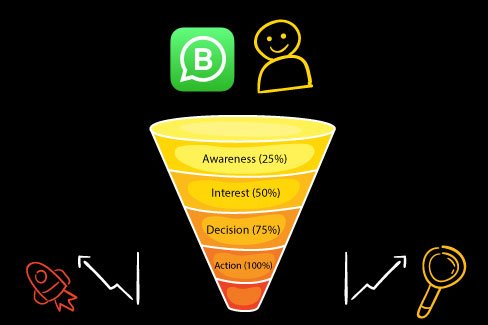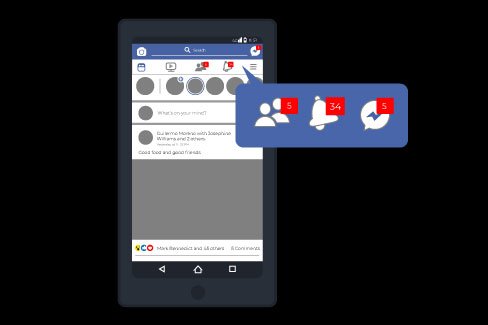
Leads in Digital Marketing: Answering 5 Questions

Table of Contents
Have you heard the word “lead” and don’t know what they are talking about? In the world of traditional and digital marketing, understanding what leads are and how to manage them is key to the success of any business, especially for SMEs and startups.
This article answers five fundamental questions about leads in digital marketing, with clear explanations that will help you understand and optimize your marketing plan and achieve your business goals.
1. What are leads in digital marketing?
Leads, also known as potential customers, are people who have shown interest in a brand’s products or services. This interest can be generated organically (such as through social media content or SEO) or inorganically (such as through paid advertising).
The goal for companies or businesses is to convert leads into buying customers.
Normally, marketing strategists are in charge of generating leads and sales people approach them to convert them into buyers. Each lead represents a business opportunity, so it is crucial that sales people execute all the strategies to reach their goal, which is to sell to that lead.
The lead must go through a sales process, where the sales team must create a sales funnel in order to filter and reach that ideal lead, that lead that is going to buy.
In a lead generation strategy, it’s not just about generating numbers, it’s about taking advantage of every opportunity. The quantity and quality of leads directly impacts the likelihood of achieving business goals.

2. How are leads generated?
Lead generation is the basis of any company in order to survive and stay in the market. Generating leads combines traditional strategies with technological tools to attract potential customers to leave their data and then be contacted.
In digital marketing, the main channels for lead generation are:
- Google Ads: Advertising in the most used search engine in the world, aimed at people looking for products or services.
- Social Networks: Creating valuable content on platforms such as Facebook and Instagram helps to generate interaction and questions about your products or services.
- Website: A well-designed website not only informs, but also guides the user to become a lead through forms, calls to action and engaging content.
- SEO (Search Engine Optimization): Allows your site to appear in the first search results on Google, which increases the arrival of interested leads.
- Facebook and Instagram Ads: These are ads with attractive content to attract qualified leads seeking information or a direct purchase.
3. Types of leads
Within digital marketing, there are two main types of leads:
- Cold Lead: People who leave their data (name, phone, email) in exchange for a free resource, such as an ebook. They have no intention to buy yet, but they can become customers with the right strategy.
- Hot Lead: People who show a real interest in a product or service and leave their data to be contacted. They are more likely to make a purchase.
4. What is a lead conversion?
Lead conversion is the process in which a person goes from being a simple contact to becoming a customer. This happens when a sales consultant makes use of the sales funnel to get the lead to make a purchase decision.
In lead conversion, effectiveness must be measured and for this purpose the conversion rate is used, which is calculated by dividing the number of sales by the total number of leads generated. For example, if in one day 100 leads are received and 10 sales are made, the conversion rate is 10%.

5. How to improve lead conversion?
The most important thing in the world of traditional or digital marketing is to generate leads, however, what is really crucial is to convert them into customers. If you are attracting many leads, but few sales, it’s time to review your sales strategy.
There are many strategies to improve lead conversion are, some of those are:
- Consistency of information: Information on networks, website and advisors should be clear and consistent to avoid confusion.
- Efficient lead management: Using a CRM (Customer Relationship Management) helps to organize and follow up on each lead effectively.
- Trained advisors: A well-trained sales team knows how to approach each lead and increase the likelihood of closing.
In conclusion, to grow a business through digital strategies, it is not enough to attract visits or interactions: you have to convert those leads into customers. Optimizing lead generation and conversion strategies is key to achieving business objectives and ensuring the success of your company.
Every lead is a real sales opportunity, make the most of it!


